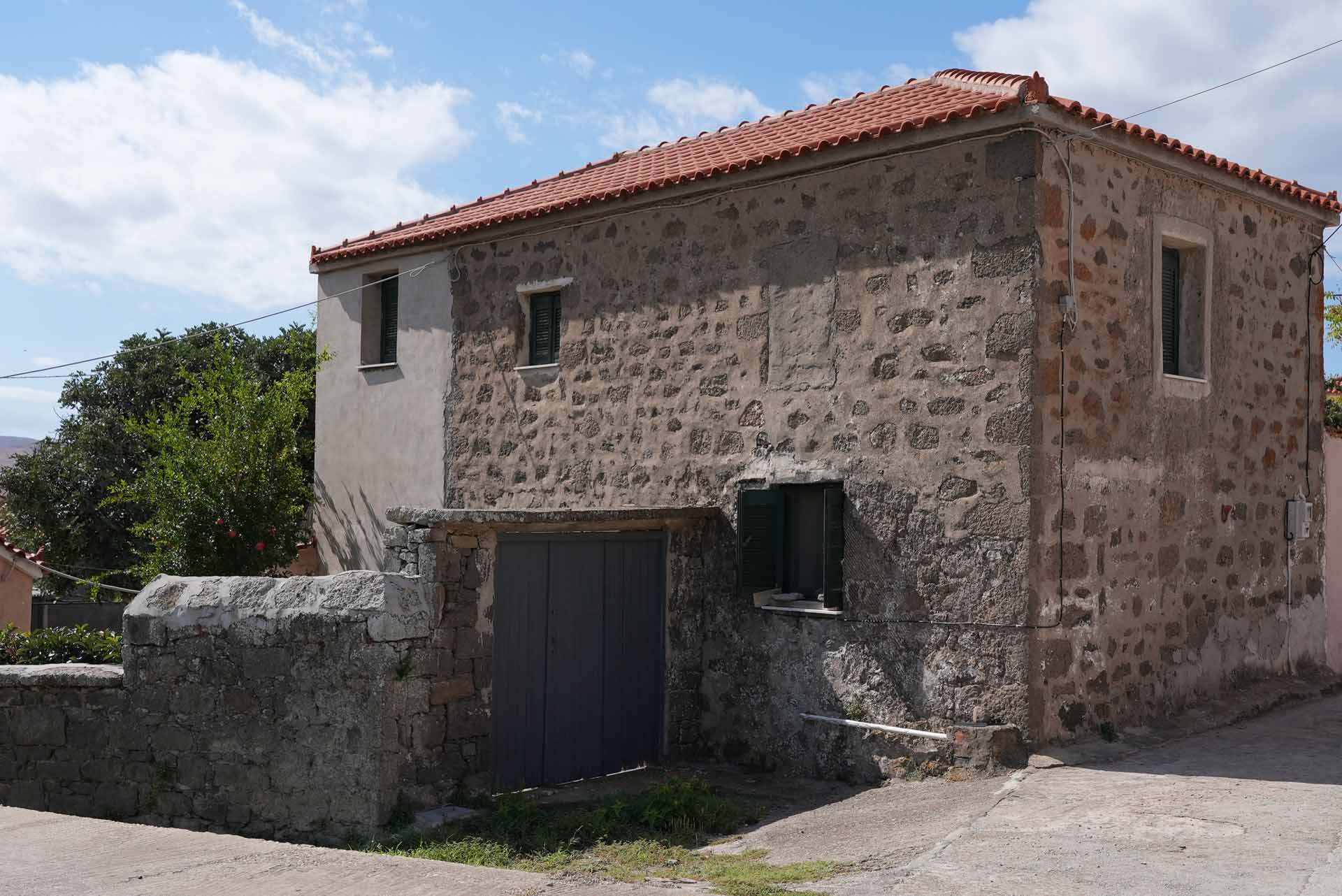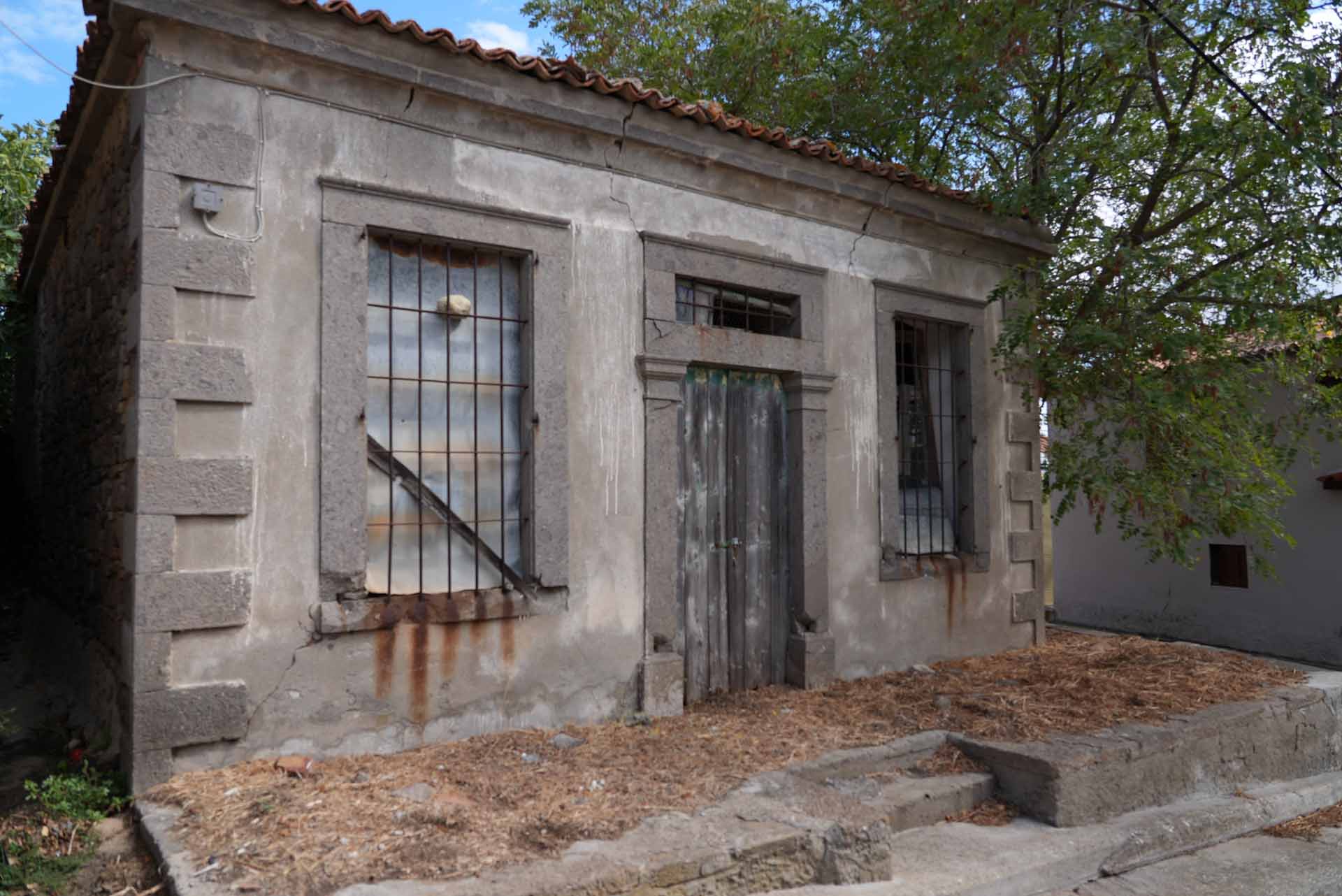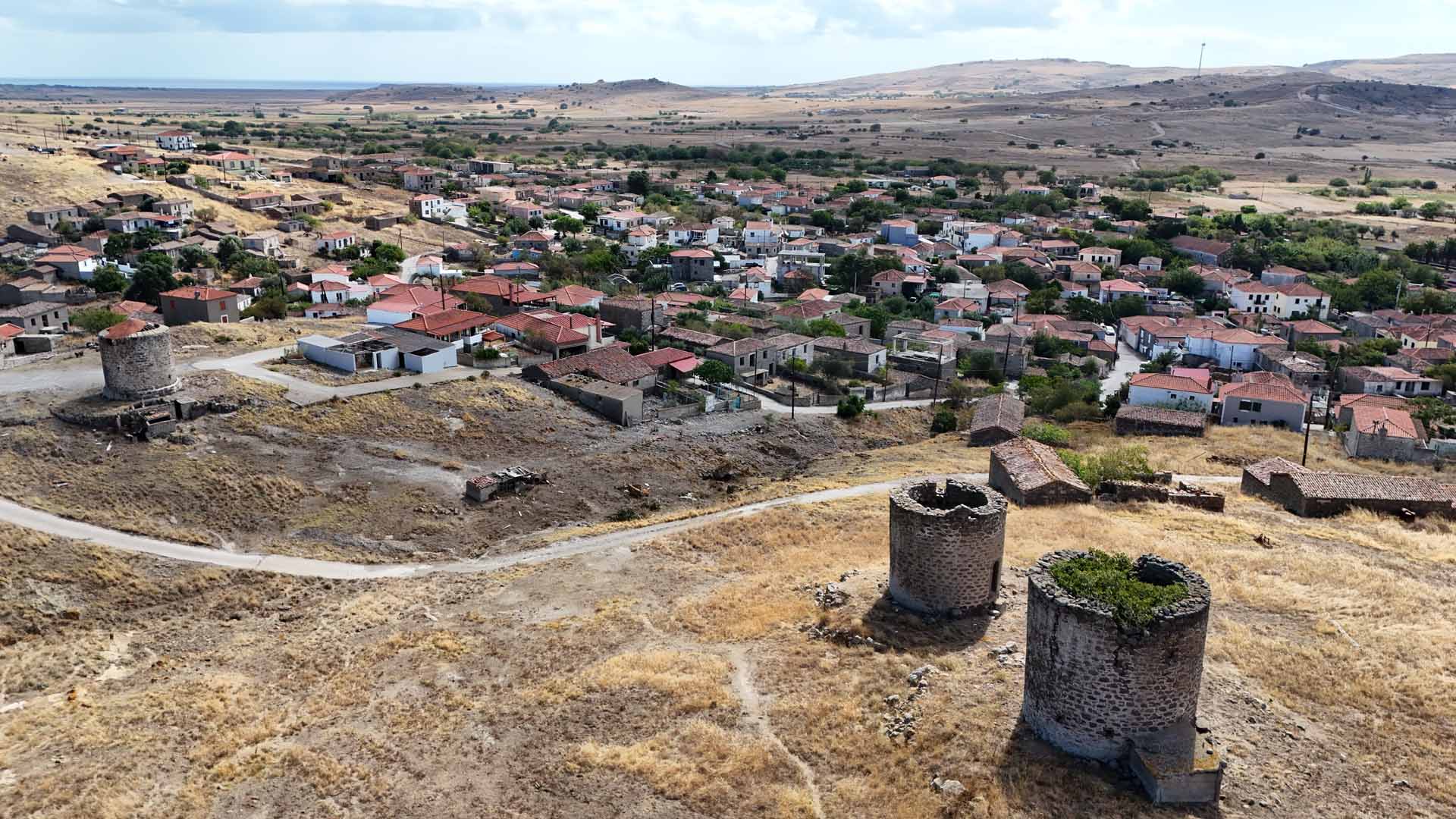On the southeastern side of Lemnos, near the historic bay of Moudros, lies Romanou, a village that boasts some of the island’s finest examples of traditional folk architecture. Despite the passage of time, Romanou has preserved its architectural character, with 19th- and 20th-century mansions and humble homes, as well as its square and churches. This is thanks to the dedication of its residents, who deeply value their village’s unique charm.
Compared to other settlements of the island, which date back to the Byzantine era or earlier, Romanou is relatively young. Its inland location offered residents protection from pirate raids while providing convenient access to Moudros Bay as a coastal outlet. French travellers first documented Romanou in the late 18th century, describing it as a small but self-sufficient village.
Romanou and the broader island flourished economically and demographically during the latter half of the 19th century, as many of its inhabitants emigrated to places like Egypt, North America, and Australia. Romanou also gained prominence within Lemnos for its exceptional stone and the master craftsmen who worked it. Known for its durability and workability, Romanou stone features in buildings far beyond the village, with one notable example being the bell tower of Agios Georgios in Atsiki, created by master mason Yiannis Fotiadis. Fotiadis also built Romanou’s school in around 1936, leaving a lasting architectural legacy.
Among the village’s homes, the “Egyptian-style” mansions stand out. Built of stone with tiled roofs, they are typically two-storey buildings with no external staircases, featuring small balconies, large doors, and wide windows. These homes, together with the village’s sunken jars, washhouses, and narrow streets, form a cohesive and picturesque traditional setting. For visitors exploring eastern Lemnos, Romanou’s timeless beauty and craftsmanship make it a must-see destination.



















